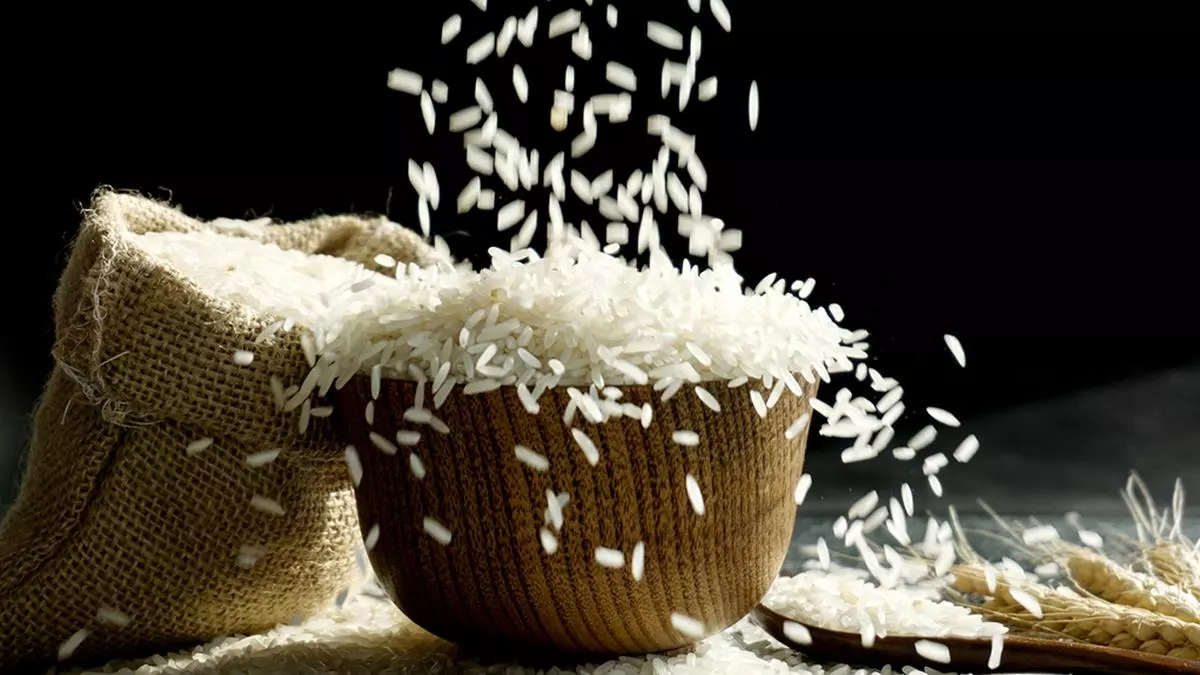Indian rice prices gain as Asian nations gear up to tackle El Nino
White (raw) rice prices have been rising across Asia as some countries that rely on the grain as a staple build up stocks to overcome any problem that may arise from El Nino, which is likely to develop in the second half of 2023. “Rice prices have gone up as countries like Indonesia, the Philippines and Malaysia are looking to buy more rice,” said B. V. Krishna Rao, President, Rice Exporters Association of India (TREA).
There is a growing demand from islands around the Philippines. Malaysia market is also open. We’re also getting inquiries from Vietnam, said VR Vidya Sagar, Director of Bulk Logix. The new crop is likely to arrive in Vietnam by the end of this month. M Madan Prakash, President, Agricultural Commodity Exporters Association (ACEA), said buyers are asking us to expedite shipments.
Countries such as Indonesia, the Philippines and Malaysia are stockpiling them to ensure that they are not affected in any way by the upcoming El Niño phenomenon. “They don’t want to go through the experience of 2007-2008 when agricultural commodity prices exploded,” said S Chandrasekaran, a trade analyst.
Crisis 2007 – 2008
In 2007-08, India banned rice exports which led to grain prices reaching $1,000 in world markets. According to the Food and Agriculture Organization (FAO), an arm of the United Nations, this has led to a crisis that has hurt the poor. “If the government continues to subsidize it, we may end up exporting the same volume of rice as the last fiscal,” said Rajesh Bhariya Jain, an exporter in New Delhi.
According to the International Grain Council, the price of 25 percent broken white rice in India is $442 per ton, while Thailand and Vietnam are priced at $490 and $480, respectively. Indian rice prices rose 27 percent year-on-year, more than Thailand (11 percent) and Vietnam (16 percent).
According to the Food and Agriculture Organization, the production of Corn, rice and soybeans can be affected in the case of a developing El Nino.
Also read: El Niño will only have a marginal impact on the fundamentals: Emkay Global
Key development
the The Indian Meteorological Department (IMD) said an El Nino would set in In the second part of the monsoon from August, while the Australian Bureau of Meteorology expects it to develop at the end of July. The US Climate Prediction Center sees the event, which leads to droughts in Asia and floods in the Americas, developing through May and June and getting stronger. “One of the major developments in global rice markets is that buyers have accepted 20 percent export duty on white rice,” Jin said, pointing to a 3 percent increase in rice exports in the 2022-23 fiscal year.
Chandrasekaran said: “These Asian countries are buying so as not to be exposed to any ban that India may resort to to ensure food security, as it did last year when it banned wheat and completely broke rice exports.”
“India will not sacrifice its food security, though it may take care of the needs of the less developed countries,” he said.
Also read: Can India tame the impending El Niño phenomenon?
Boiled under pressure
We get supply of 25 per cent broken in Chennai at Rs 28,500 per ton. Two weeks ago, we shipped $430 a ton and shipping cost to Southeast Asia. “Prices have gone up even more,” ACEA’s Prakash said. However, parboiled rice prices are under stress. “There is no (Indian) government procurement, so prices are coming down,” said Bulk Logix’s Sagar.
White rice prices are also increasing because the Food Corporation of India (FCI) is purchasing stocks for the central assembly to distribute through ration shops and to meet any food emergencies.
FCI’s Rice purchase exceeded 50 million tons (metric tons) last week and is set to achieve the target of 62.17 million tons for the current marketing year through September.
Also read: El Niño: Indian government urges countries to prepare for ‘the worst’
standard output
Indian parboiled rice prices are dominating below $380 per ton in the global market in light of weak demand. It’s more than $100/ton competition against Thailand and Pakistan.
Rice stocks through April 1 with the FCI were at a five-year low and total food grain stocks, including wheat, fell to a five-year low mainly in light of last year’s wheat purchases being affected.
Lower wheat production affected its purchases last year, while more rice has been diverted to make up for distribution through ration stores.
India’s rice exports have been supported by a record production of 130.83 metric tons (129.47 metric tons a year ago) of rice during the current crop season till June. Although the fall rice production fell to 108 metric tons compared to 111 metric tons a year earlier, the production was offset by the increase in acreage in the spring season.
